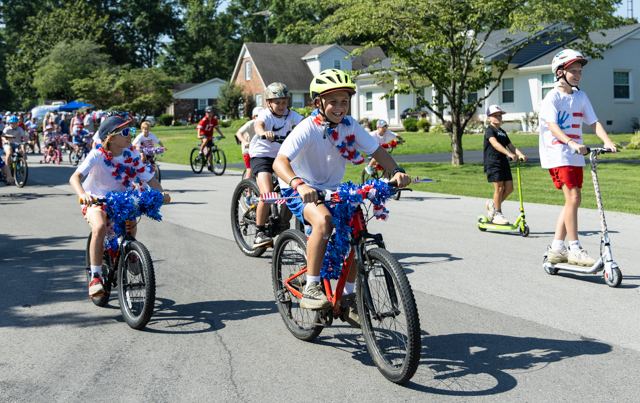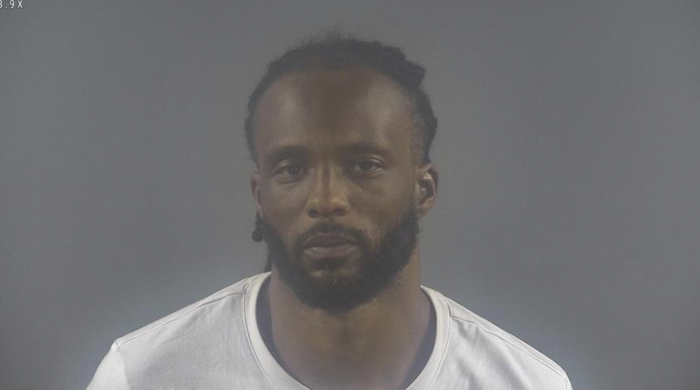Get Fit: Come on Baby, Let’s Do the Twist (not with a bad Back)
Published 12:00 am Thursday, September 8, 2011
The herniated disc, degenerative disc disease, nerve impingement, spinal stenosis, ruptured disc, spinal degeneration, sacroiliitis, osteoporosis, osteoarthritis, lumbar strain, scoliosis and slipped disc. These are all words that doctors use to describe what we call our “back pain”.
The spine runs from the base of the brain all the way down to the tip of the tail bone. Referred to as the Vertebral Column, the back bone consists of 34 vertebrae (24 movable, 5 non-movable (tailbone)) 31 pairs of nerves & 23 intervertebral disc that give us posture using over 100 intricate muscles and 220 ligaments.
The spine is a complex structure and with so many parts as you can see, the possibility of injury or discomfort is great. Roughly 4 out of 5 adults will experience some type of “back pain” in there day. Some injuries can be as simple as a muscle strain from stretching and lifting heavy objects or a more violent injury from a car wreck or fall.
When ligaments and muscles are damaged from lifting heavy objects you can have “muscle guarding” or spasms in the surrounding muscles that tighten to protect the spine from further injury. Back spasms are a protection mechanism for the spinal cord because when your back is in pain you lay down and won’t move. That’s your body telling you to be still.
More serious types of injuries from wrecks or falls happen to the spine when a disc ruptures or becomes herniated. These types of injuries tend to be serious because a portion of the spinal cord can become pinched against the vertebra and cause electric shock pain, numbness and tingling, muscle weakness and even bladder or bowel problems. In the event of severe pain or injury, the doctor will evaluate exactly what part of the spine is injured and what treatment should be administered.
A healthy back is a must to be mobile and free for enjoying the golden years of life, here’s my 10 tips to minimizing back strain/pain and keeping you spending time having fun instead of sitting in Dr’s office.
1. Sleep on a comfortable mattress
2. Stay flexible (60% of all back pain is caused by tight hamstrings)
3. Strengthen the leg & calf muscles
4. Lift items properly
5. Strengthen the abdominal and back muscles (do your therapy exercises)
6. Maintain a healthy weight (excess weight puts 2.5x body weight every step)
7. Maintain good posture
8. Reduce stress
9. Warm up before doing any extracurricular activity
10. Use support to cushion the lower back when sitting for long periods of time
If you have any questions or concerns please leave me a message and let me know how I can help.
About the author: David has made physical fitness and healthy living a lifelong quest. He is the owner of a local fitness studio in Bowling Green. He holds a M.S. in Excercise Science from WKU and is certified by the American College of Sports Medicine. He shares tips on fitness and nutrition on his personal blog at www.dnfitness.worpress.com






